[ad_1]
Rising meals and stopping off pests go hand in hand. Nonetheless they don’t must! There are artistic methods to maintain up damaging bugs away. The steps you are taking in the mean time can create an inviting haven in your yard that encourages beneficials to remain awhile and damaging critters to maintain up away.
Combining forces with Mom Nature instead of stopping it would create a magical habitat that allows us to develop meals and flowers with out the stress and heartache of shedding crops to pest harm.
Listed beneath are six distinctive methods to discourage pests. With these, you’ll be able to leisure straightforward, understanding your most desired fruits and veggies will protect protected.
Strategic Plantings of Lure Crops
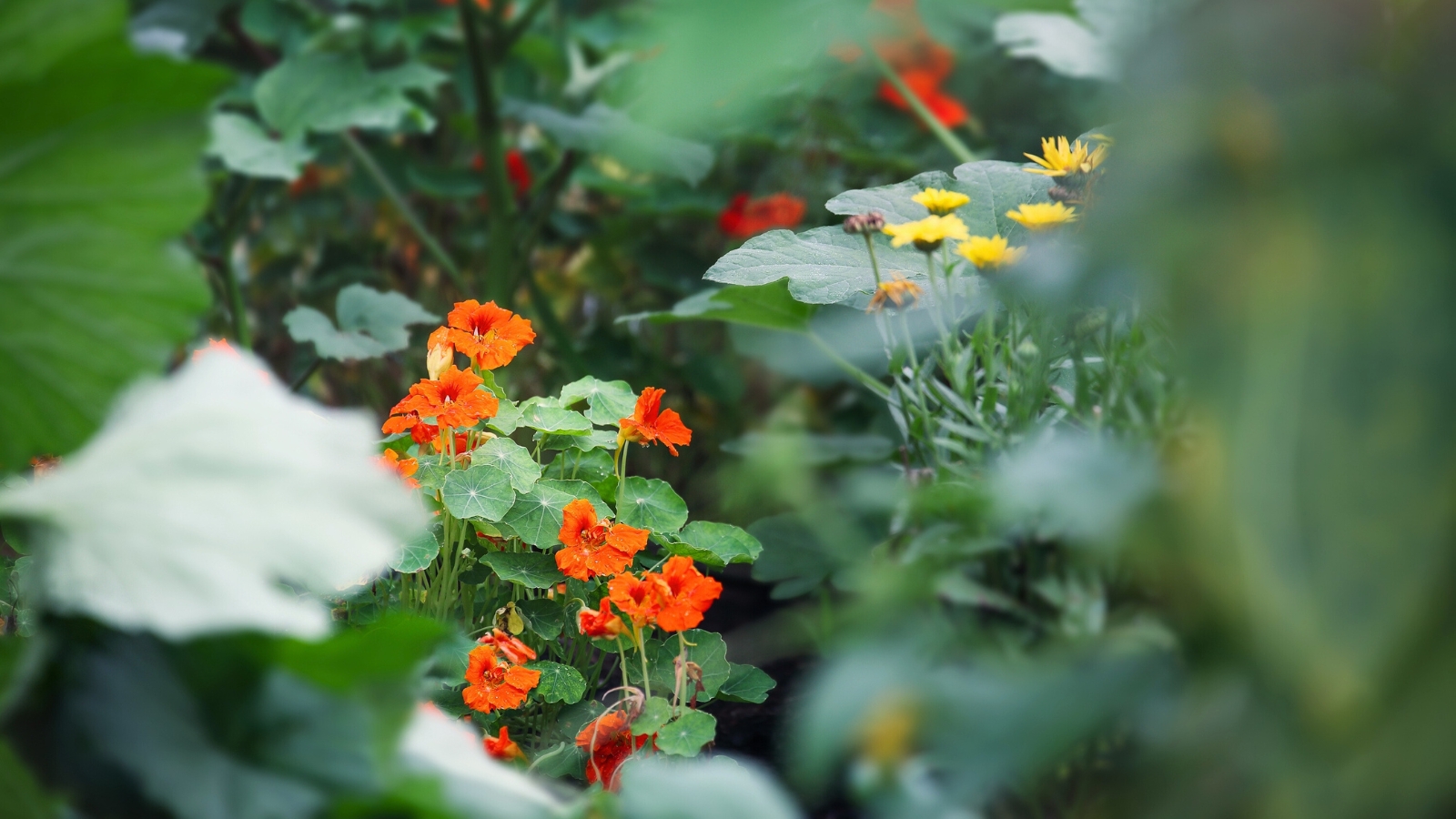

After years of battling with early-season cucumber beetles and squash bugs decimating our cucumbers, summer season season squash, and zucchini, I lastly sowed Blue Hubbard squash. I let it organize early. I planted it out close to the long term squash and cucumber patches, so when it purchased proper right here time to transplant them, the Blue Hubbards have been fairly a bit higher.
When the cucumber beetles started to hatch out, all our priceless cucumbers have been protected beneath insect netting, inaccessible to munch on. We scouted for bugs and eggs each morning and squashed any we noticed on the Blue Hubbard vegetation. The remaining beetles flew off to a particular farm on account of shortage of meals.
As rapidly as we eradicated the insect netting from the cucumbers, they have been well-established ample to tolerate some harm. The vegetation remained healthful and high-yielding on account of the beetle and bug populations have been very low.
In case you’re new to lure cropping, you probably can marvel why you’ll plant one issue shut by that attracts a pest. Consider you’re hungry, and there are two choices shut by. One is mainly primarily probably the most scrumptious dish you solely dream of, and the opposite is a bland dish you eat normally. I assume you’d select the scrumptious one, and the cucumber beetles did, too!
Specialists have been trialing Perimeter Lure Cropping (PTC) globally with fairly just a few vegetable mixtures with fairly a bit success. It comprises making a barrier of further fascinating crops to block pests from reaching the middle of a mattress, which incorporates your most revered crop. As lots as 94% of pests will possibly be alongside the perimeter, and PTC will assist shield them there.
Completely totally different worthwhile lure crops:
- Nasturtiums and radishes will attraction to flea beetles.
- Use calendula to lure aphids.
- Lure cabbage worms with collard greens or delicate Asian greens to guard brassicas.
- Ants and stink bugs are drawn to sunflowers.
Expert tip: Proceed to scout the lure crops and destroy pests as they arrive up. Failure to take movement will set off them to destroy the lure crop and change on to your further helpful crops.
Plant Repelling and Attracting Herbs and Flowers
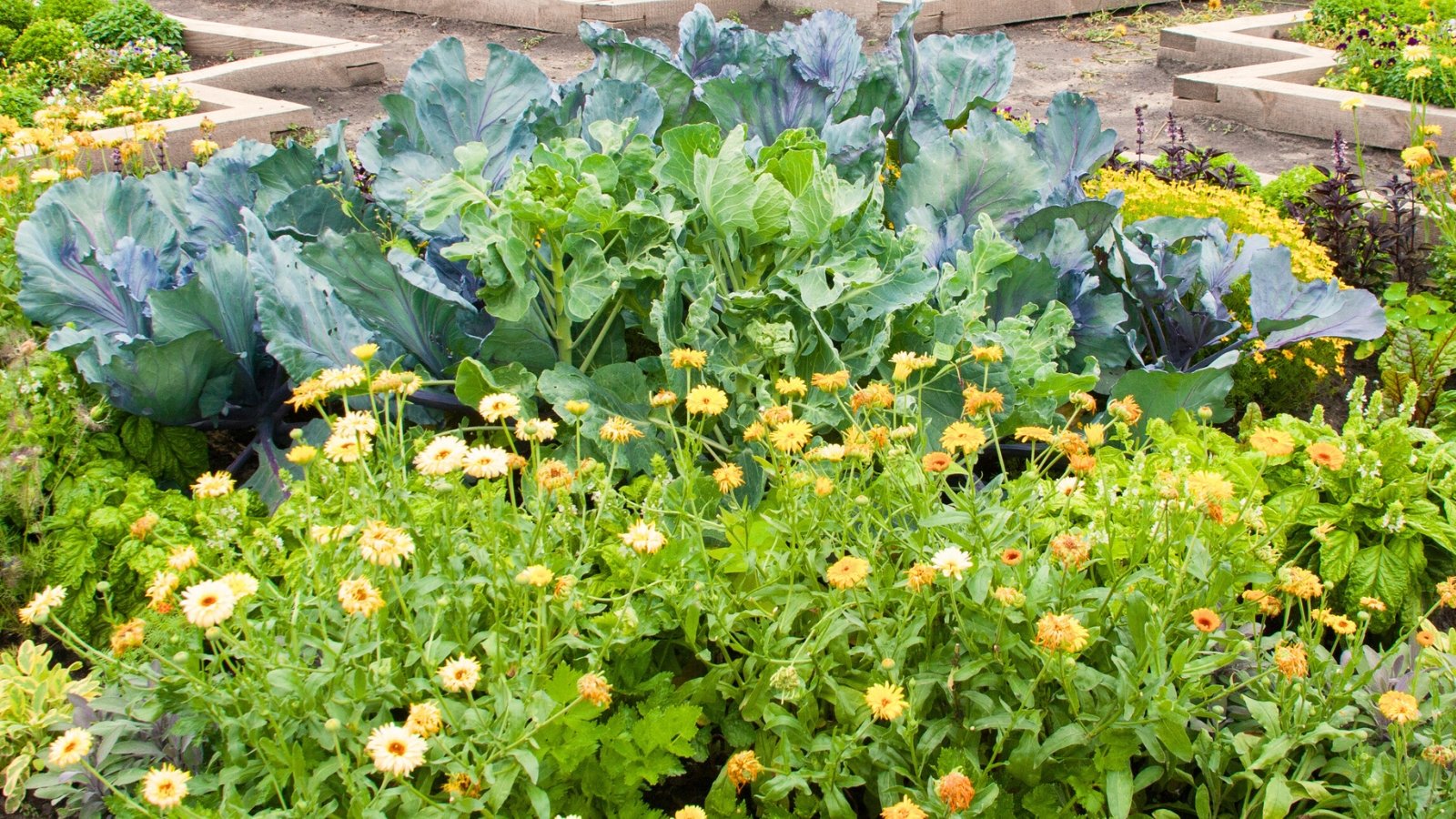

Related in effectiveness to lure cropping, planting strongly scented herbs and flowers might help deter pests by tough or disgusting them. The excellent news is, a lot of of these can also be gadgets you take into account to develop anyway! Listed beneath are fairly just a few:
Plant this alongside your carrots to discourage carrot flies, and with tomatoes to forestall the tomato hornworm.
Specialists ponder rosemary repels the dreaded cabbage moth, one among many important damaging pests. It could furthermore shield away aphids and carrot flies, so place it strategically.
Whereas I really identical to the updated scent a heat breeze brings when mint is shut by, most animals detest it. Mice, some flies, spiders, fleas, and ants don’t respect mint. Plant it in pots so it doesn’t take over, and change it spherical as wished for pest administration.
Marigolds, with their chemical substance limonene, could assist deter whiteflies and underground, root-damaging nematodes, notably inside the event that they’ve been rising in an space on account of the earlier season. I regularly sow additional marigolds all through the spring and plant them spherical my fields as a pure pest deterrent. I’ve created a fence line of them close to newly planted fruit timber, raspberry bushes, beds of head lettuce, and brassicas.
This extraordinarily environment friendly herb is like citronella and should assist shield away mice, rats, ants, and ticks. Harvest it for hand-crafted curries, broths, and marinades.
It is attainable you will in no way have too many alliums spherical to assist repel deer, rabbits, and mice. Nonetheless have you ever learnt they may furthermore shield carrot flies, cabbage worms, and aphids away? Use these as an surroundings pleasant PTC or companion plant for brassicas, tomatoes, and carrots. Search for perennial alliums for year-round magnificence.
On heat, sunny days, lavender releases the chemical camphor, effectively repelling mosquitoes, fleas, flies, moths, deer, and flooring critters. This beautiful plant furthermore attracts pollinators like bees and butterflies.
The spicy scent of nasturtiums could confuse pests just like the dreaded Colorado Potato Beetle, inflicting them to fly away out of the one you love potato vegetation. Nasturtiums furthermore attraction to useful bugs like ladybugs and lacewings and can function a lure crop, lowering harm to your money crops. Lacewings will shield whitefly populations down, whereas ladybugs will feast on aphids. Choose a trailing alternative and place it in a window space shut by, or plant a bush alternative alongside the perimeters of your beds.
This beautiful herbaceous plant will attraction to hummingbirds, butterflies, bees, lacewings, and ladybugs, potent pollinators and predators of gnats, aphids, aunts, weevils, mosquitoes, and completely totally different egg larvae.
Whenever you’ve components with roaches, ants, spider mites, or Japanese beetles, place this all by your yard or as a PTC. Chrysanthemums comprise pyrethrum, a pure pesticide that helps shield these pests away.
Along with plant repellents, strive confirmed scientific-backed companion planting to assist deter pests, improve yields, and shield vegetation healthful. Listed beneath are a lot of of our favourite terribly surroundings pleasant companions.
Use Bodily Limitations
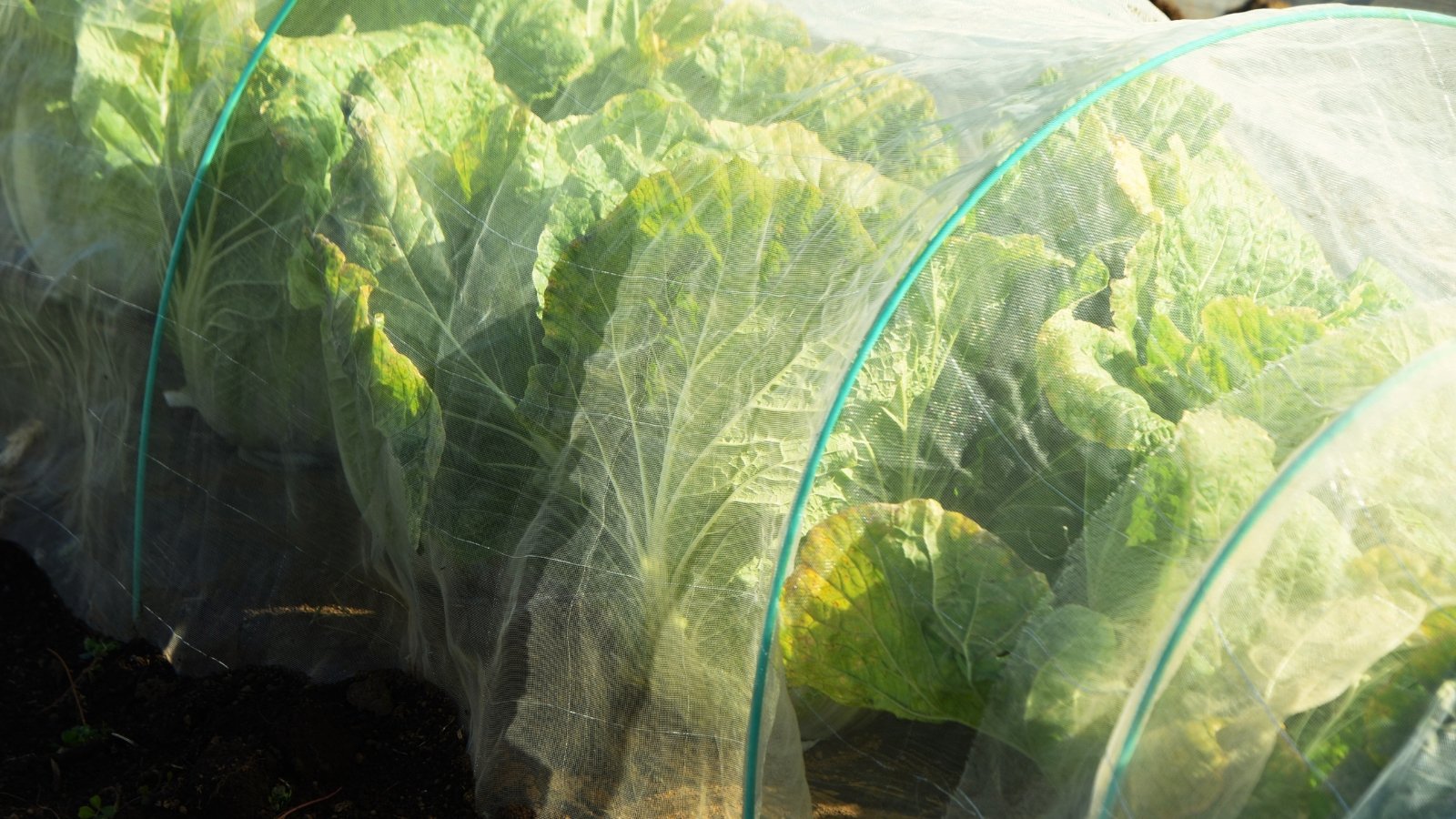

Tried and true, row cowl and bug netting defend crops from pests and scale back harm. Row cowl is largest used all by means of the cooler months of spring and fall. In one other case, light-weight and breathable insect netting is impressed.
In case you’re wanting to spend money on insect netting, it’s merely accessible and really surroundings pleasant. Use netting with or with out hoops and weight baggage and guarantee your full crop is roofed. Depart headspace on terribly sought-after crops like kale and broccoli. Bugs could lay eggs by the use of the netting if it sits instantly on the plant. Daisy-chain and retailer the netting in a container with a lid all by means of the low season to steer clear of harm. Restore any tears and holes before utilizing it subsequent season.
Expert tip: Search for self-pollinating cultivars everytime you expertise extreme components whereas bulking up your military of useful bugs. The vegetation obtained’t must be free of insect netting and should nonetheless present you ample yields with out insect pollination!
Delayed Plantings
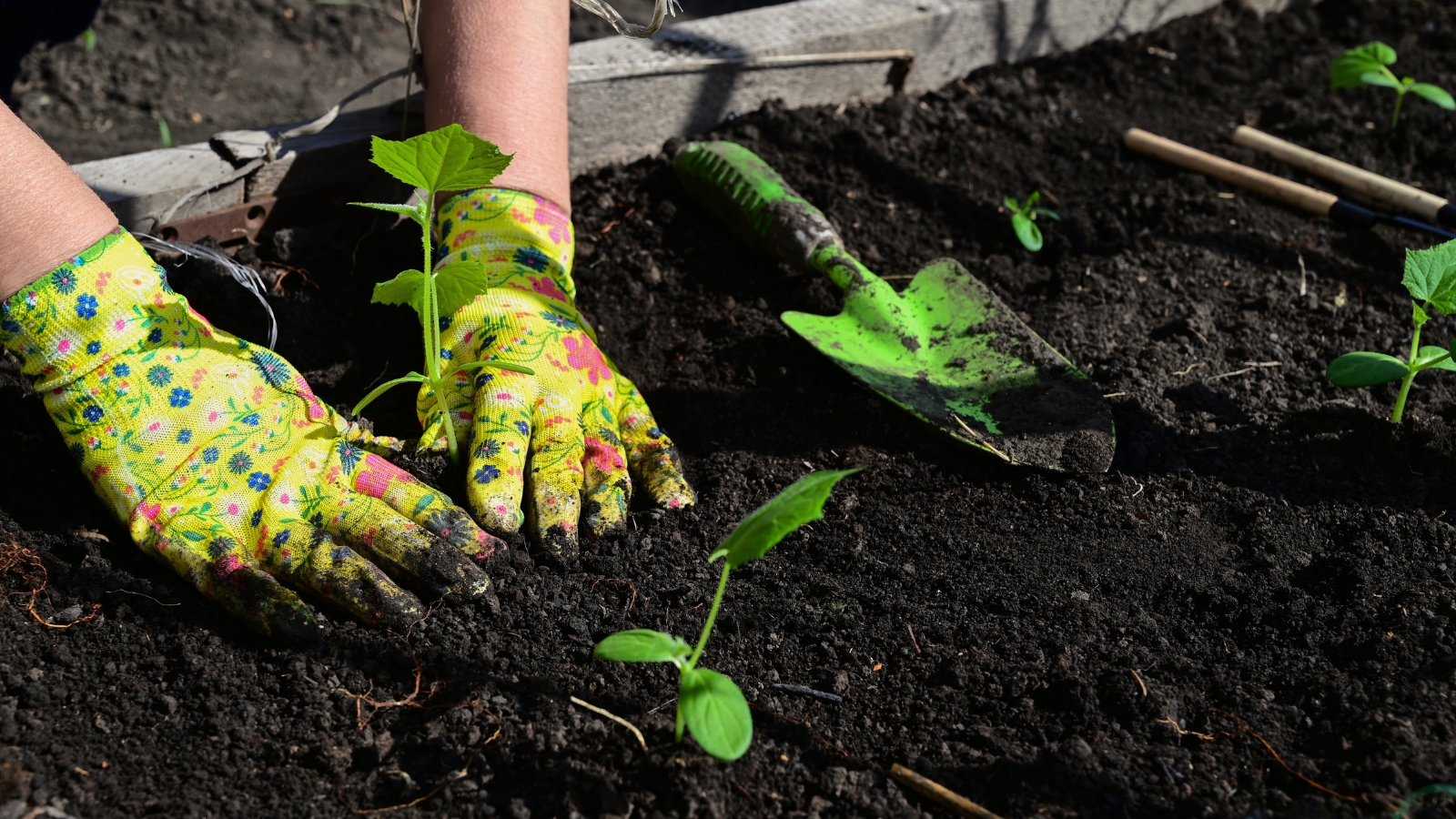

This technique is very easy it’s virtually unbelievable when it’s surroundings pleasant. Most bugs have an regularly and fairly predictable life cycle. In case you’ve been gardening for a while, you possibly have psychological notes of when sure pests begin to present their faces.
Pests that overwinter all through the soil deliberately select your house on account of they acknowledge the abundance of accessible meals all through the autumn. Consider their confusion as quickly as they emerge all through the spring or summer season season and uncover there is also nothing for them to feast on. They could feed on fairly just a few lots a lot much less palatable crops before shifting onto one different explicit individual’s yard, nonetheless fairly just a few days could make your complete distinction when you can maintain off on transplanting.
For instance, everytime you usually plant the primary spherical of cucumbers in late April, nonetheless they get destroyed by cucumber beetles, strive delaying the planting by six to eight days. Take note of the outcomes and regulate the dates as wished. In case you let the vegetation get established, they’re going to tolerate further harm than inside the event that they have been newly transplanted and small.
Expert tip: Mix delayed planting and a bodily barrier by masking the vegetation with insect netting to essentially shield pests away. Take away the netting when flowering begins to permit pollination, or choose parthenocarpic cultivars, which may be self-pollinating and produce solely feminine flowers.
Entice Useful Bugs
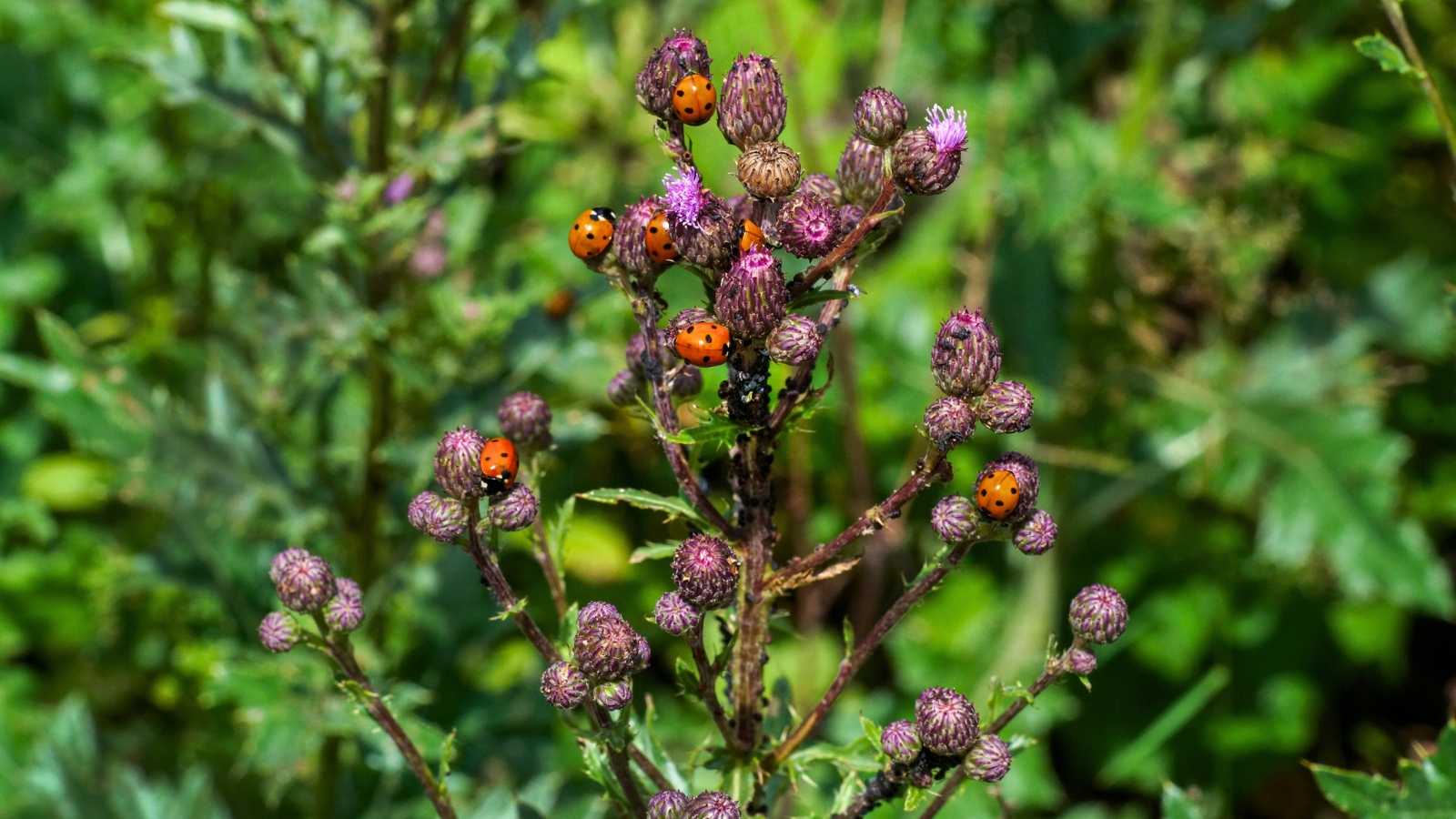

Not all bugs are pests. It’s advisable attraction to many beneficial bugs which will make it simpler to organically administration the ecosystem. Whenever you’ve an unused nook, commit the world to create an insectary space to lure these bugs in, lay eggs, and lift their brood correct proper right here. If there is also ample meals for predators like ladybugs, lacewings, and hoverflies, they’ll stick spherical and lift many generations of those useful creatures, permitting you to reap the advantages.
Depart these areas to remain wild and maintain dense. Don’t mow or disturb them fairly a bit in order that they’ll really actually really feel protected and as near their pure habitat as you’ll be able to create. Transitioning to no-till gardening could assist and has many further advantages, together with soil successfully being, weed administration, moisture retention, and decreased erosion. Present a clear water present, assemble nest containers, depart piles of brush spherical, and steer clear of spraying chemical pesticides.
Embrace natives like milkweed, goldenrod, and yarrow and powerhouses like alyssum, phacelia, marigolds, salvia, and bee balm. Diversification of root methods and plant sorts will attraction to a variety of useful bugs, so fear lots a lot much less about neat rows of reds and pinks and embrace the wildness of a mixed-bag yard.
Key Takeaways
- Lure crop and permit nature to do among the many many present the outcomes you want.
- Notion the science of companion planting.
- Plant herbs and strongly-scented flowers to discourage pests whereas attracting useful bugs.
- To steer clear of the primary spherical of damaging pests, strive delaying your plantings of terribly sought-after vegetation like summer season season squash, tomatoes, and cucumbers.
- Reap the benefits of bodily boundaries as vegetation organize or search out parthenocarpic cultivars.
[ad_2]
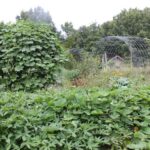


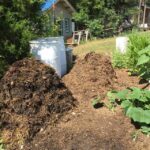


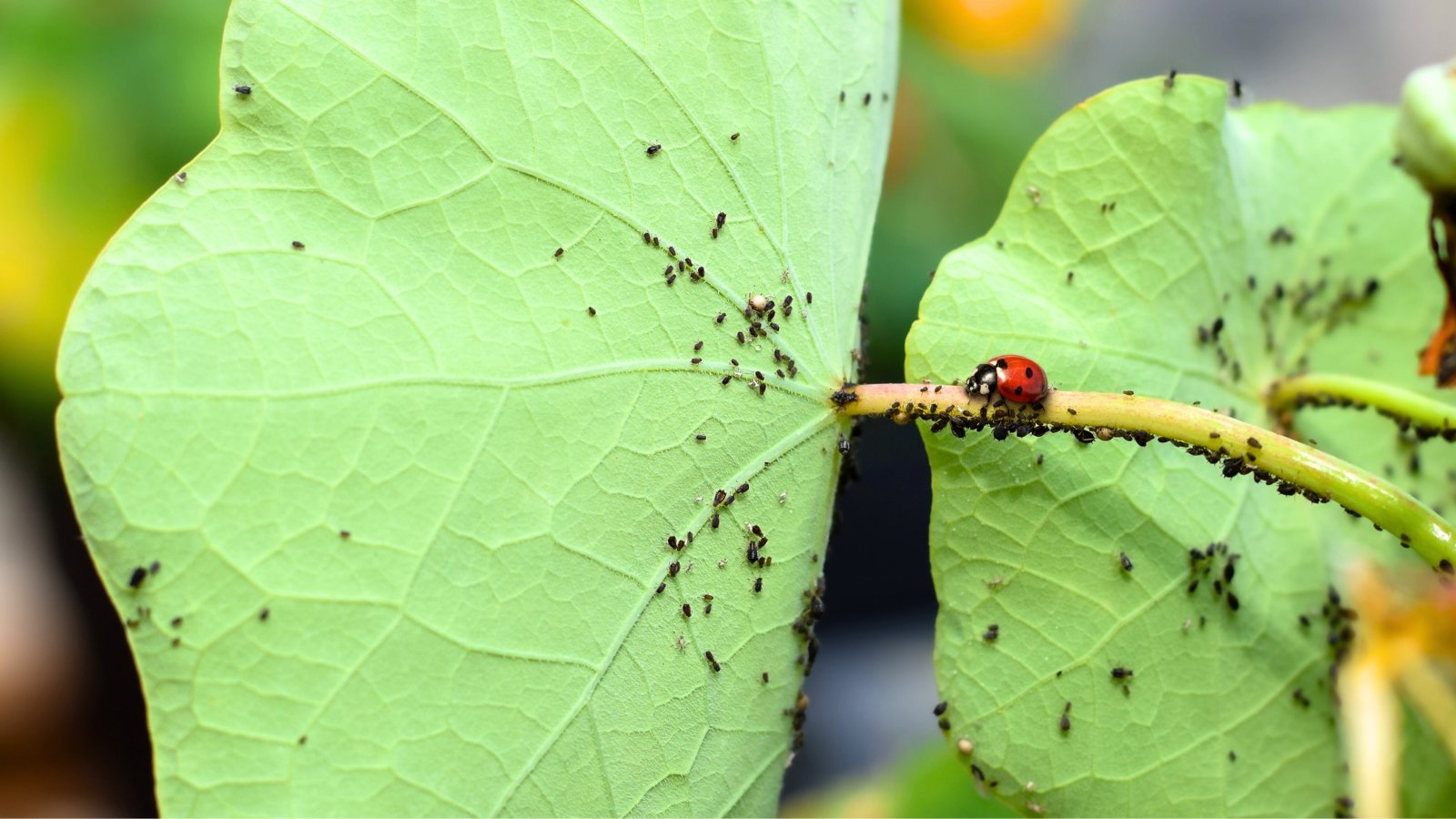

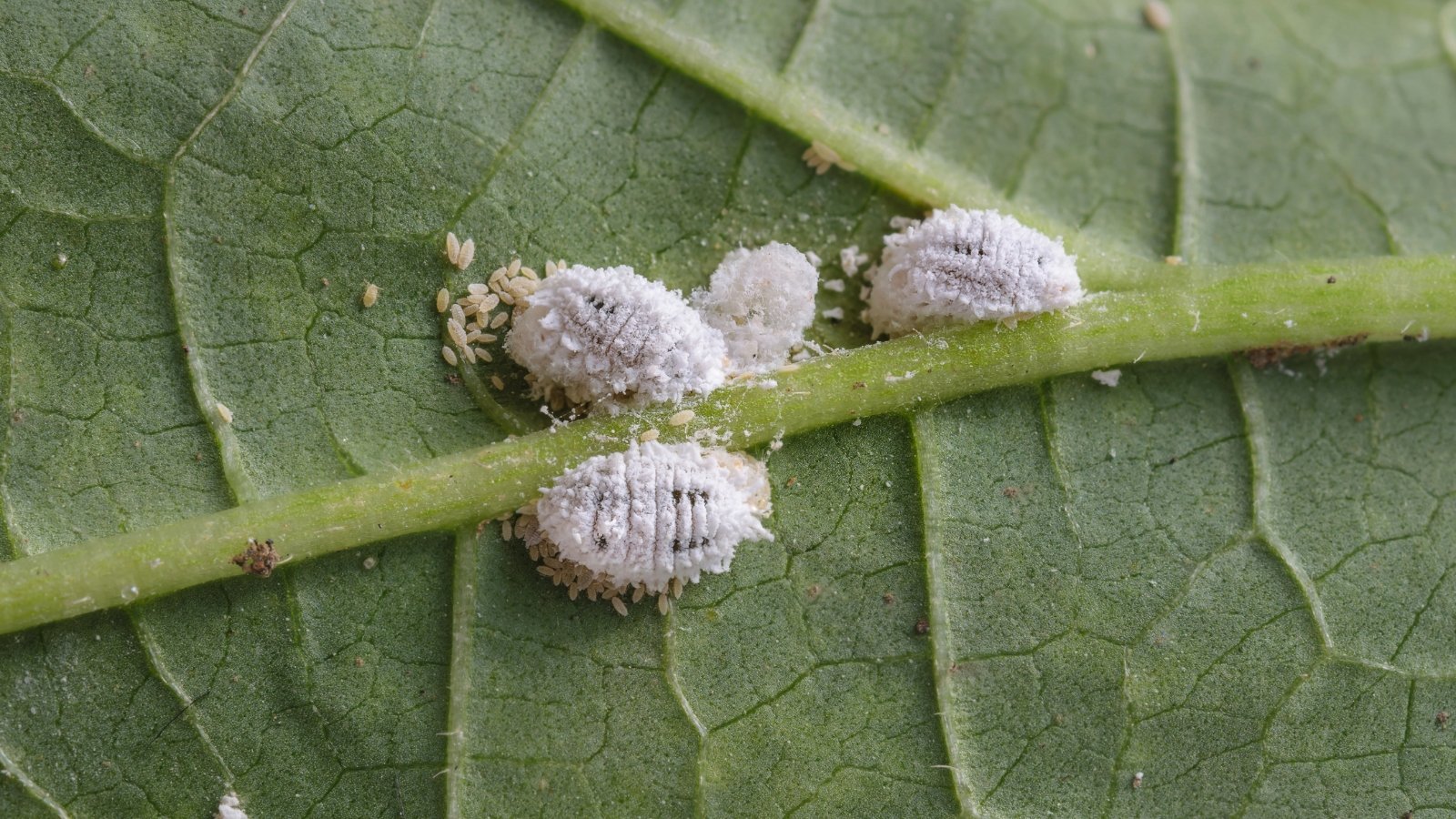
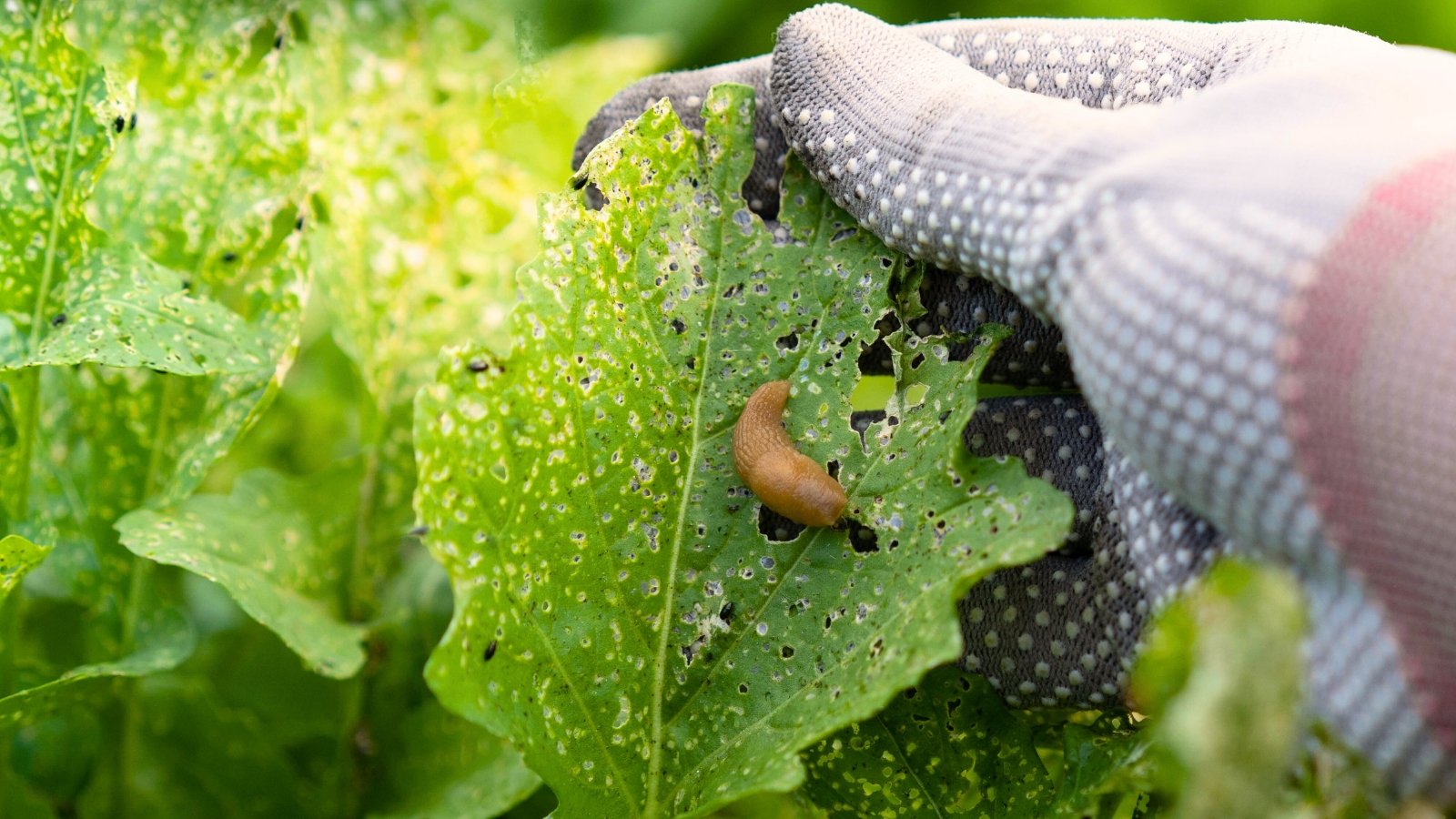
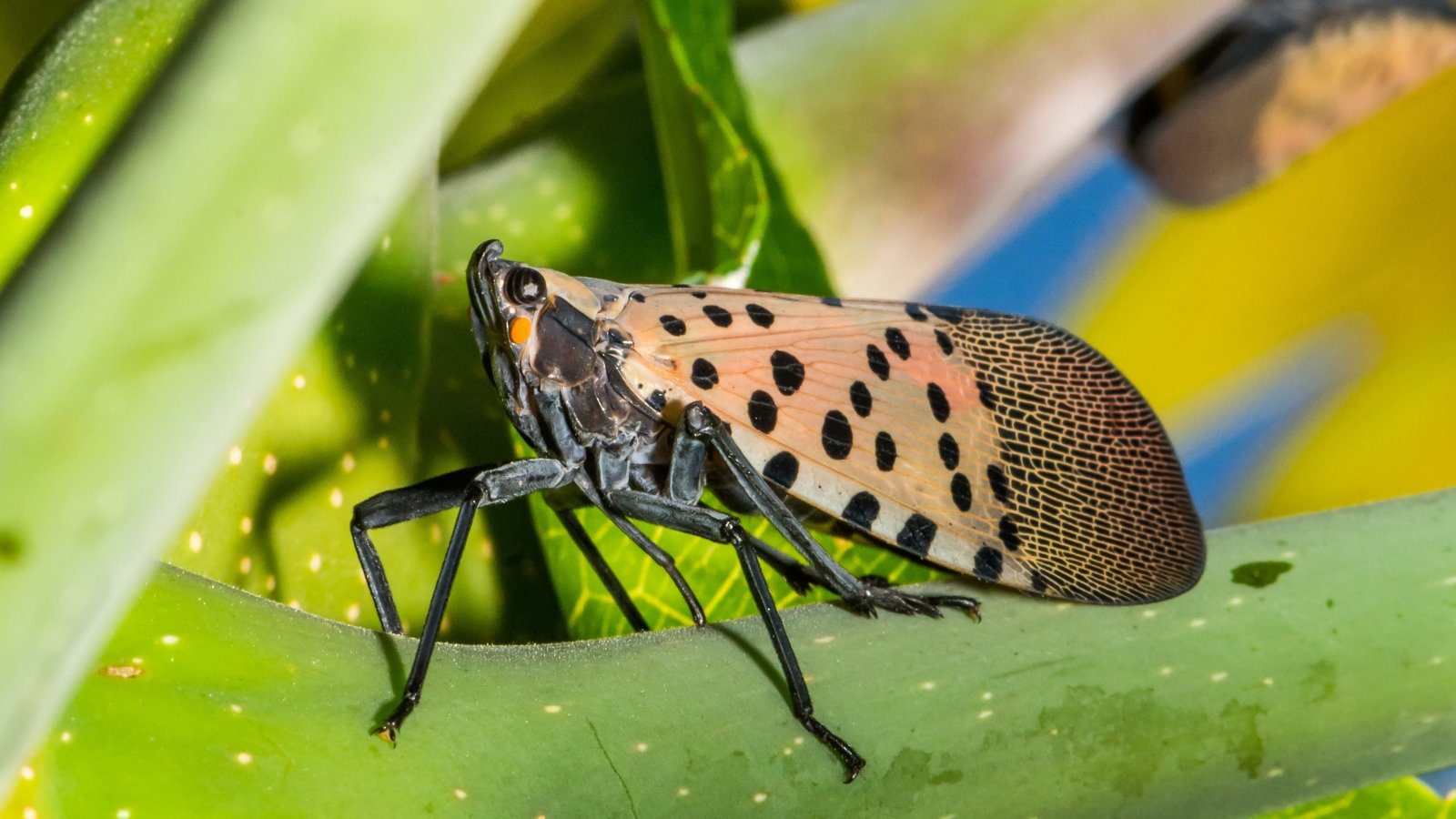
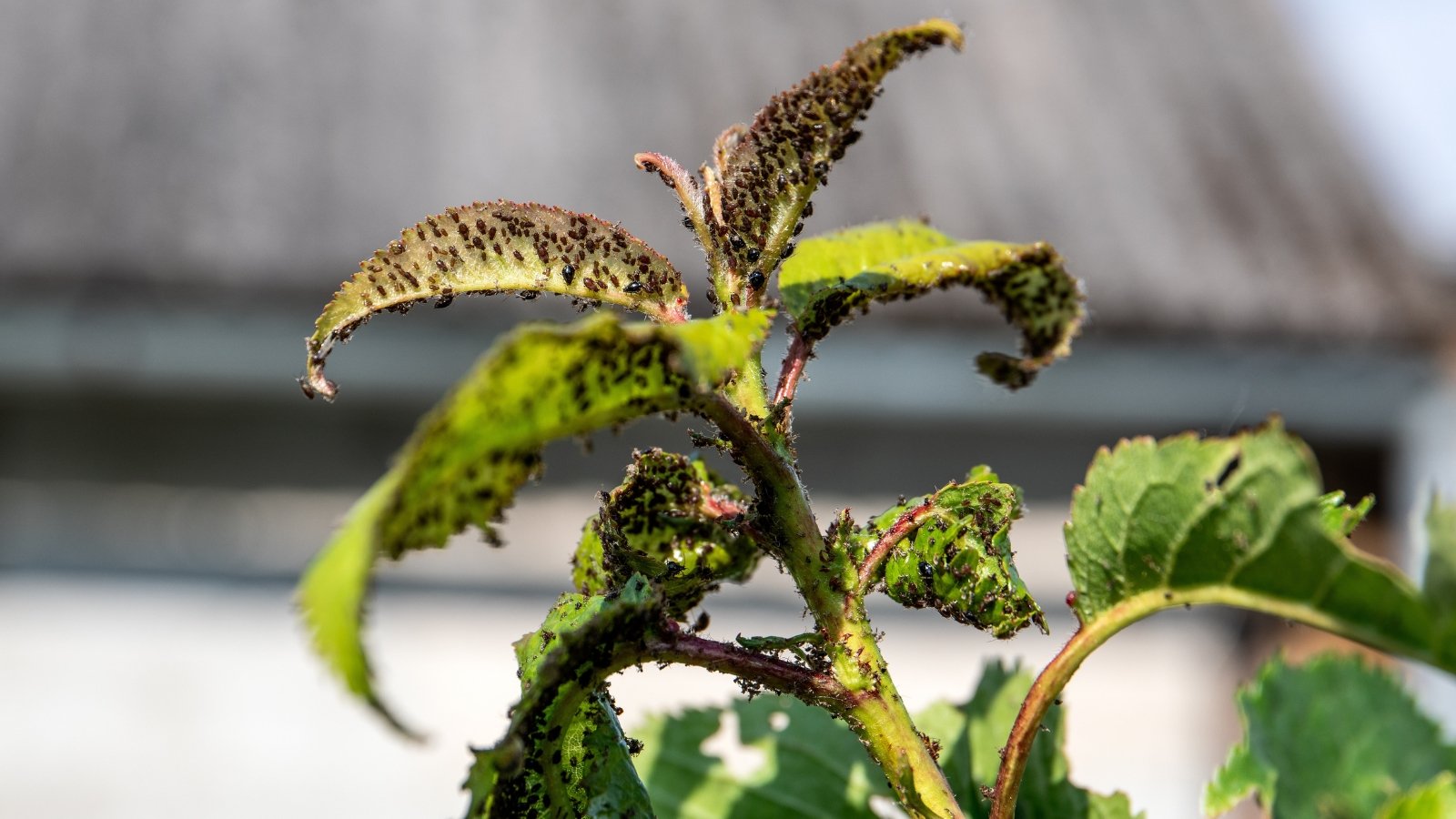
It’s interesting to learn about the specific plants that attract or repel different pests. The tips on delayed plantings also seem practical; I’ll consider adjusting my planting schedule based on the lifecycle of common pests.
The information on repelling pests with herbs and flowers is quite useful. I have a few of these plants already, but I didn’t realize they could help with pest control too. I’ll be more strategic in my planting.
I appreciate the emphasis on working with nature instead of against it. The idea of using perimeter trap cropping is intriguing, and I can see how it could significantly reduce pest problems in my vegetable beds.
Overall, this article presents a holistic approach to gardening that resonates well with sustainable practices. The recommendations for creating insectary areas to attract beneficial insects are also an excellent addition to any garden strategy.
This article provides some valuable insights into pest management in the garden. The suggestions on using trap crops and companion planting are particularly interesting. I might try these methods next season to see how they work.